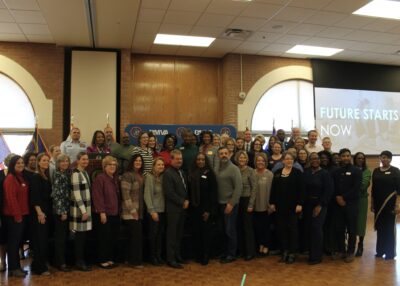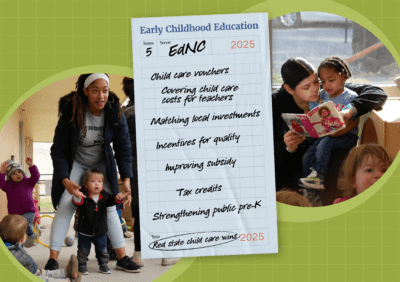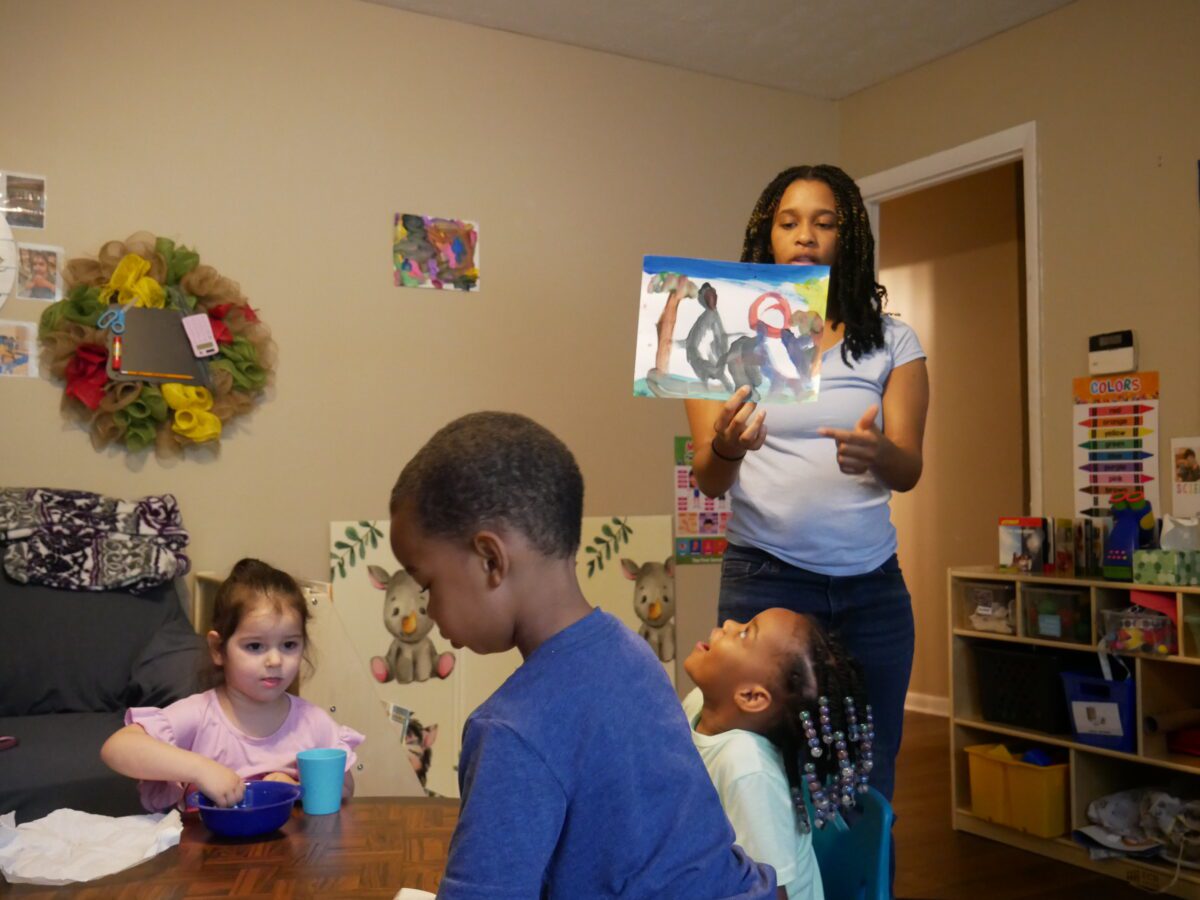
Parents want child care they can trust, afford, and access when and where they need it. That’s what a coalition of early childhood advocates found when they asked parents across the state about their needs starting in 2022.
That network of advocates, called CandL (Care and Learning), is advocating for a more publicly funded early care and education system in order to make that happen.
In September, the effort released its three top priorities to meet families’ and child care providers’ needs: higher wages for early childhood teachers, more funding for child care subsidies, and support for caregivers and children outside the formal child care system.
![]() Sign up for Early Bird, our newsletter on all things early childhood.
Sign up for Early Bird, our newsletter on all things early childhood.
The effort hosted listening sessions starting in 2022 in 34 counties with parents of young children and child care providers.
Its three priorities from that feedback are:
- Fully fund education-based salary supplements for early childhood educators.
- Create a subsidy rate floor, and fund subsidy rates that reflect “the actual cost of quality care, no matter where families live.”
- Assess the needs of family, friend, and neighbor (FFN) caregivers and provide them with the supports they need to improve the safety and quality of the care they provide.
Advocates will work to advance those three priorities in the state legislature and beyond.
Following the expiration of pandemic-era funding for child care providers in March, programs were left without a sustainable way to pay teachers competitive wages and meet families’ needs. Advocates this legislative session asked for state funding to help programs fill the gap between the cost of high-quality care and what parents can afford.
Gov. Josh Stein’s Task Force on Child Care and Early Education, which includes legislators from both parties, was established in March and tasked with coming up with strategies to increase access to affordable, high-quality care. Its initial recommendations included many of the same items as the CandL priorities.
So far this session, the state legislature has not allocated any new funding for early care and education.
CandL is fiscally sponsored by the NC Early Childhood Foundation (NCECF) but includes individuals across organizations. The effort is funded by the Blue Cross Blue Shield of North Carolina Foundation.
Higher wages for teachers
The CandL effort will advocate for more funding for the Child Care WAGE$ Program, an initiative from nonprofit Early Years that provides wage supplements for early childhood teachers based on their education levels.
The average wage for child care teachers in 2024 was $14.20, according to the Bureau of Labor Statistics. Providers point to the inability to pay teachers competitive wages as their top barrier to providing care, and keeping that care affordable for families.
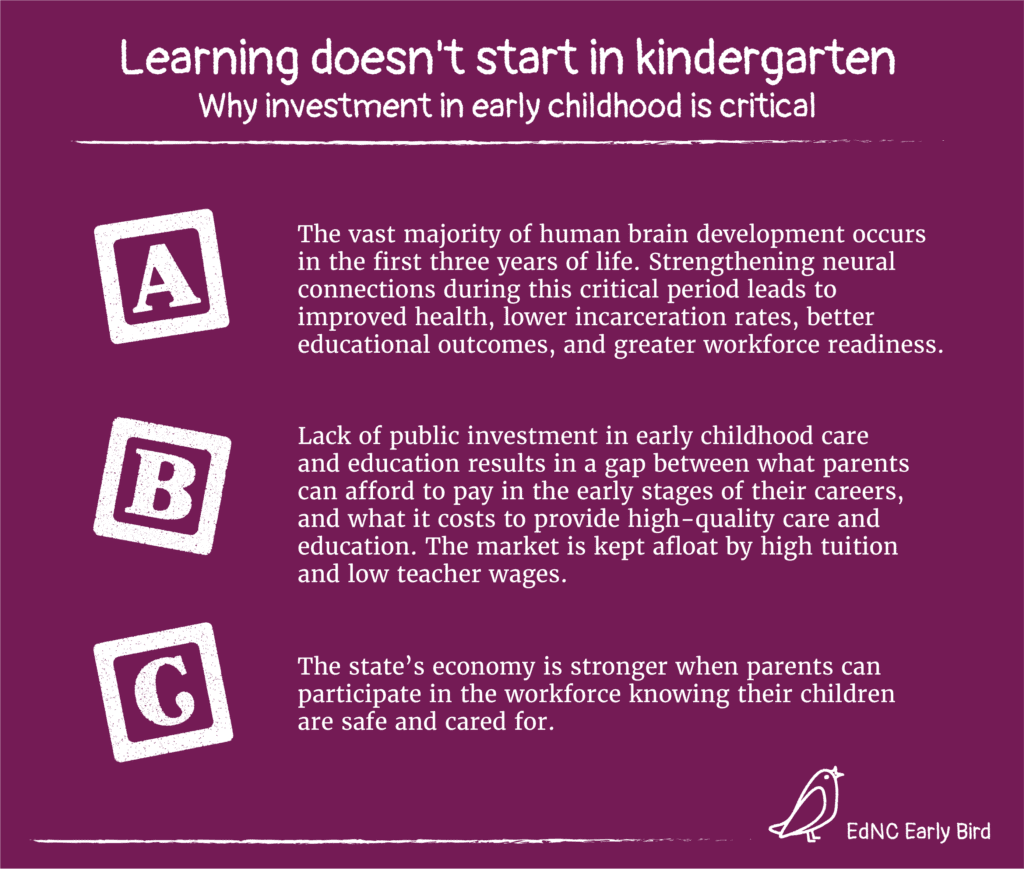
The initiative wants to expand WAGE$ to be available in all 100 counties with mandatory implementation. The program is currently available in 67 counties and is up to the discretion of local Smart Start partnerships.
Statewide expansion would take $53 million over two years, and an estimated $36 million annually afterward, according to Early Years.
Related reads



The program gives educators supplements after six months of working at a child care facility. The amounts teachers receive vary, but a proposed scale from the organization suggests annual amounts of $600 to $4,000. Counties that implemented that scale in 2024 offered an average six-month supplement of $1,281.
Higher wages help retain early childhood teachers, research shows.
The turnover rate for teachers receiving supplements from the WAGE$ program was 15% in 2024. The most recent state workforce data from Early Years, collected in 2023, showed a statewide turnover rate of 38%.
Subsidies that work for families, providers
Child care subsidies help low-income working families pay for child care. The federal program, which each state must contribute some funding toward, reaches 13% of eligible families in North Carolina.
Advocates say part of the reason more families cannot access subsidies is because the program’s funding structure disincentivizes child care facilities’ participation.
The amount participating programs receive to serve children through the program only covers about half of the cost, according to the Division of Child Development and Early Education (DCDEE). CandL will advocate for funding that increases the rates programs receive to cover the full cost of providing care.
Related reads
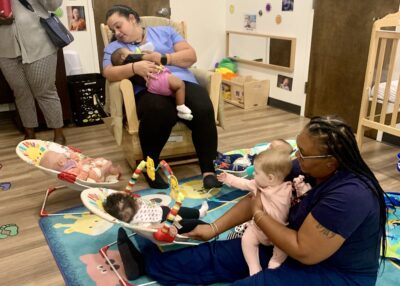
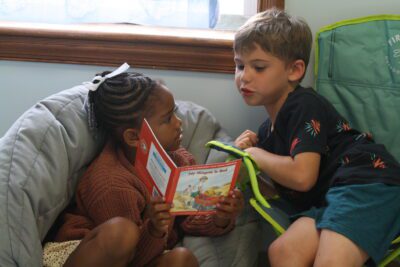
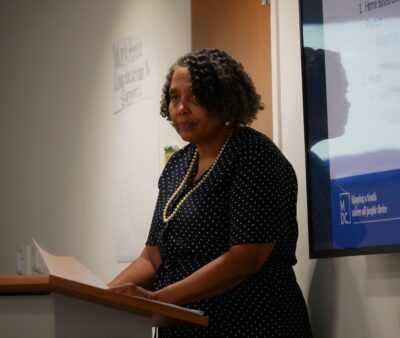
The group will also prioritize funding a subsidy floor rate, meaning a minimum amount that programs receive no matter where they are located. Right now, rates vary widely depending on county, as well as factors like age of children served, program type, and quality rating.
The rates are set from surveying providers on their private tuition rates, then setting subsidy rates at 75% of the market. Those rates do not reflect the cost of providing care currently or the projected cost of high quality, according to research.
Since the rates vary by county, it’s harder for child care programs in rural and low-income areas to sustain their businesses, advocates say, as they are more likely to serve families who rely on subsidies and more likely to receive less per child.
North Carolina advocates this session pushed for $220 million in recurring funding to establish a subsidy floor. Budget proposals instead included $80 million in subsidy funding to update rates to the most recent market survey, without a floor rate. However, the legislature has not yet passed a comprehensive budget.
Support for children outside of licensed care
As the group advocates for greater access and quality in the formal child care system, it will also push for the safety and quality of other child care arrangements. The specifics of this ask are still being refined by the coalition, said Theresa Stacker, NCECF’s executive director.
The majority of children under 5 years old are not enrolled in the licensed child care system. They are often instead at home with a parent or trusted adult or in an informal arrangement. This network of informal care is often called family, friend, and neighbor (FFN) care.
CandL wants to push the state to support these caregivers by:
- Assessing the unique needs of FFN providers and examining effective models for supporting them;
- Removing barriers that prevent FFN providers from participating in the child care system; and
- Resourcing coordinated workforce development that includes FFN caregivers, giving them access to training, resources, and recognition.
Other states provide training and funding to FFN providers. North Carolina is one of only 11 states that does not allow children receiving child care subsidies to be cared for in FFN environments, according to a November 2022 report from the Build Initiative’s Prenatal-to-Three Capacity-Building Hub.
“North Carolina risks falling behind if we do not address this gap,” CandL’s priorities read.
Editor’s Note: The Blue Cross Blue Shield of North Carolina Foundation supports the work of EdNC.
Recommended reading
